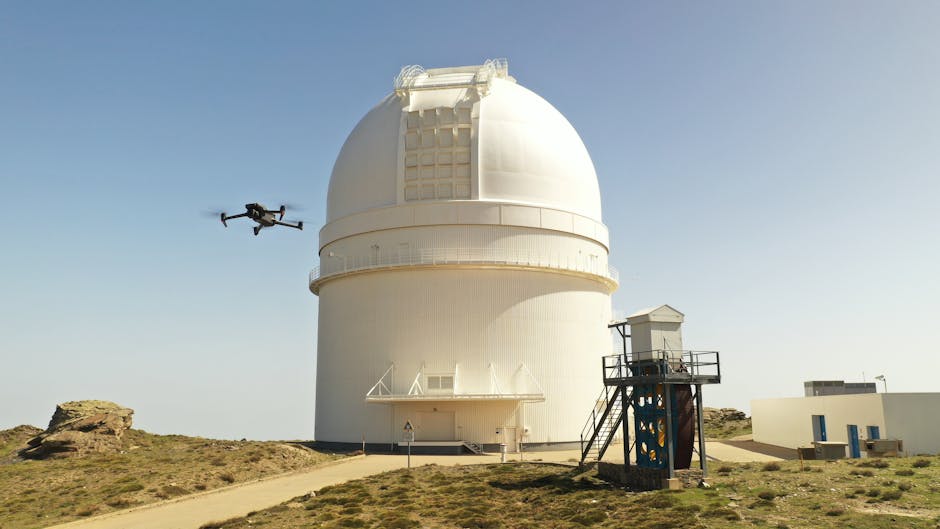Rubin Observatory Stuns World with 2,104 New Asteroid Discoveries in Days, Revolutionizing Space Surveillance
Rubin Observatory Stuns World with 2,104 New Asteroid Discoveries in Days, Revolutionizing Space Surveillance

The scientific community is buzzing with excitement following the Vera C. Rubin Observatory’s first image release conference, held just yesterday, Monday, June 23. In a groundbreaking revelation, the observatory announced it had identified an astonishing 2,104 previously unknown asteroids in our solar system, all from just a few nights of initial data collection. Among these, seven have been classified as near-Earth objects (NEOs), though thankfully, none pose an immediate threat to our planet.
This rapid discovery marks an unprecedented leap in asteroid detection. Željko Ivezić, Deputy Director of Rubin’s Legacy Survey of Space and Time, highlighted the sheer scale of this achievement during the conference: “This is five times more than all the astronomers in the world discovered during the last 200 years since the discovery of the first asteroid.” He added, “We can outdo two centuries of effort in just a couple of years,” underscoring the observatory’s immense potential.
The Rubin Observatory, perched at the El Peñón peak of Cerro Pachón in Chile, is a state-of-the-art ground-based facility equipped with the world’s largest digital camera. Its mission is to capture massive, high-resolution images of the southern sky every three nights for at least the next decade, essentially creating a “time-lapse record of the universe.” This unique capability allows it to efficiently spot the subtle movements of celestial bodies like asteroids against a more static background of stars and galaxies.
The ability to precisely isolate and track these fast-moving space objects is a game-changer. Ivezić explained that Rubin “makes movies of the night sky,” allowing scientists to identify objects that move or change brightness. This is particularly challenging for asteroids, which often disappear after a single observation. Rubin’s multi-exposure imaging technique enables the stitching together of data to visualize asteroid trajectories like a film, an “unprecedented” feat.
Beyond expanding our cosmic inventory, Rubin’s discoveries hold profound implications for planetary defense. In recent years, public awareness and scientific focus on asteroid impact mitigation have grown significantly, spurred by missions like NASA’s successful DART (Double Asteroid Redirection Test) and past close calls with objects like Asteroid 2024 YR4. With congressional hearings already addressing concerns about asteroid safety and funding, a highly efficient asteroid detector like Rubin is a welcome and crucial asset in humanity’s ongoing efforts to protect Earth.
As Rubin begins its full operational phase later this year, scientists are “beyond excited about what’s coming.” The initial 2,104 discoveries represent just “one narrow slice” of the vast asteroid belt. Over the next few years, the observatory is projected to dramatically increase the number of known asteroids from approximately one million to potentially five million, providing an unparalleled understanding of our solar system’s dynamic population and enhancing our vigilance against potential cosmic threats.
Disclaimer: This content is aggregated from public sources online. Please verify information independently. If you believe your rights have been infringed, contact us for removal.